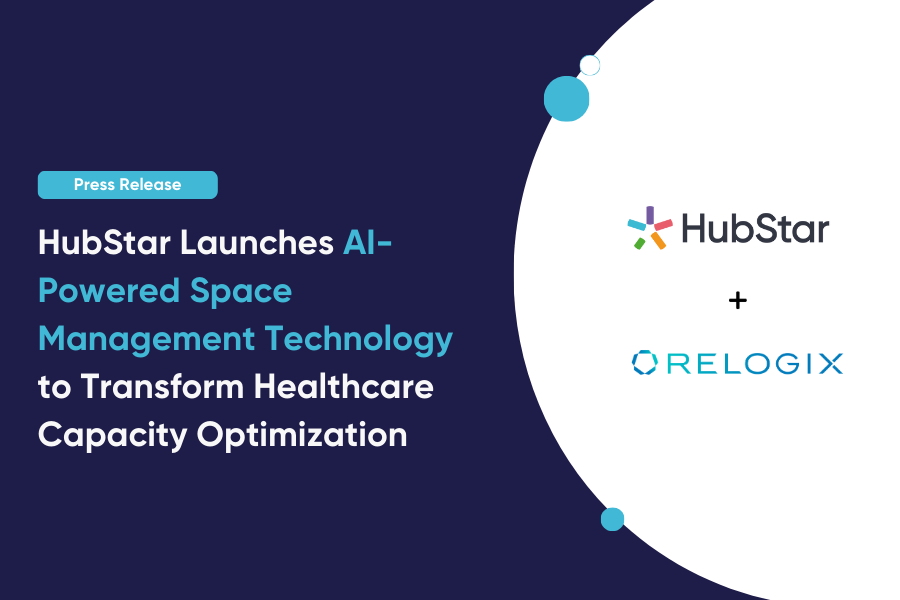Measure These 7 Corporate Real Estate Metrics to Future-Proof Your Portfolio

Contents
Companies are dropping millions on corporate real estate as it sits empty.
It looks like a bumpy ride ahead for corporate real estate leaders who can’t drop any offices in their portfolio, but can’t seem to get employees back in them either.
Rather than waiting for the tides to change and the real estate roller coaster to stabilize, CRE leaders can turn to data to keep tabs on how their entire portfolio is performing. This opens up two profitable courses of action:
- Slash operating costs while improving performance of existing assets
- Resize the real estate portfolio in the right way
Read on for seven corporate real estate metrics every CRE leader should be measuring to make decisions with certainty.
1. Total occupancy cost
What it is: The sum of all the expenses of owning, leasing and operating corporate real estate. This includes rent, taxes, utilities and facilities management costs, all the way down to how much it costs to restock the vending machines every week.
How to use it: It might seem like the most straightforward approach to work out total occupancy costs for each building or asset and then get rid of the priciest one. However, the reality is far more complex.
Total occupancy cost only provides part of the picture when it comes to measuring real estate portfolio performance. An office in a prime location with the highest occupancy cost could actually be delivering the highest ROI, simply because employees love coming in and do their best work there. Total occupancy cost is most useful when compared with other metrics, which we’ll get into now.
Read more: How to Cut Corporate Real Estate Costs in 2023
2. Occupancy rate
What it is: The percent of a workplace that’s occupied at any given time as compared to its full capacity. Simply put, occupancy rate provides an average of how full or empty the office is.
How to use it: Occupancy rate is a good way to answer the constant question of whether people are coming into the office or not. Comparing your occupancy rate(s) to benchmarks can be insightful – Paris had a higher average occupancy rate of 54% last summer, for example, while London trailed behind at 32%.
It’s also useful to compare occupancy rates to total occupancy costs to start the process of working out whether the most expensive assets in the portfolio are the ones employees are actually going into.
3. Space utilization rate
What it is: While occupancy rate measures if and to what extent employees are occupying a building or office, space utilization rate measures how employees are using workspaces – from floors in a building down to zones, neighborhoods and even individual conference rooms.
For example, occupancy rate could show that a fair amount of people are coming into the office, but space utilization rate could show that everyone is crowding the conference rooms on the first floor, while the desks on the second floor have tumbleweeds rolling through them.
How to use it: Office space utilization rate shows CRE leaders how workspaces can be better used and managed. With space utilization data collected through occupancy sensors, wifi signals or both, CRE leaders can pinpoint underused areas and cut operating costs there, as well as improve the workplace experience and make the right decisions.

5 Space Utilization Metrics for a Better Workplace in 2024
4. RTO Velocity (aka Space Utilization Trends)
What it is: Return-to-Office Velocity is the overall direction of space utilization rate over weeks, months and years, whether that’s up, down or a consistent plateau.
How to use it: This metric is the best possible answer to whether or not people are coming back into the office. That’s because plotting the dates of policy, office layout and office design changes on the trend line clearly demonstrates what’s working and what’s not.
RTO Velocity can also guide portfolio decisions in the future. If an office with a higher occupancy cost also shows utilization rates on every floor steadily increasing over the last 6 months, it’s probably worth holding onto rather than giving up or subleasing.
5. Space Utilization Patterns
What is is: Repeatable, recognizable movements in short-term utilization rates, typically over days or weeks.
How to use it: CRE leaders and their teams can manage workspaces more efficiently by understanding which spaces are overcrowded or under-occupied, and on which days.
Let’s say the second floor has a 3% occupancy rate on Fridays. Closing off access to that floor on Fridays only cuts operating costs and creates a better experience for those few lonely employees – as long as the floors they’re moved to aren’t packed.
6. Peak Space Utilization Rate
What it is: The utilization rate of specific workspaces when they’re at their peak occupancy, and whether or not this is manageable.
How to use it: Determine if individual floors and areas are overcrowded or underused when they’re at peak occupancy. Both create a negative employee experience that’s likely to damage your RTO Velocity – no one wants to do their morning commute only to have to fight over desk space or be the only one in the office.
Low peak space utilization also suggests wastage of utilities and facilities management services.
7. Comparative Utilization Rates
What it is: Space utilization rate comparison across buildings, cities and regions.
How to use it: Comparing utilization rates from the same time periods tells you which assets in your portfolio are performing the best in terms of popularity with employees. On a more granular level, comparison tells you which types of spaces employees use the most, and whether this is consistent across workplaces.
Most people view the office as a place for collaboration and brainstorming post-pandemic, but perhaps some employees come in for quiet individual spaces. Comparing how employees use spaces is ammunition for CRE leaders to make the right decisions for office design and portfolio resizing.
Read more: How to Get Your Corporate Real Estate Resize Right
Hubstar makes it easy to make the right decisions for your CRE portfolio.
Hubstar’s space utilization software helps CRE teams make data-driven decisions by measuring how employees are using the workspace, helping you understand what’s actually happening.



